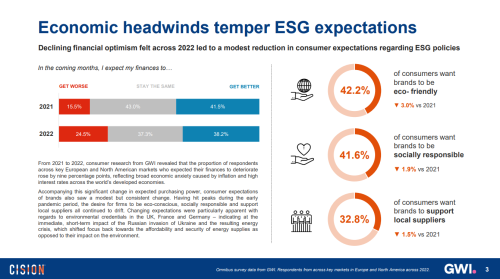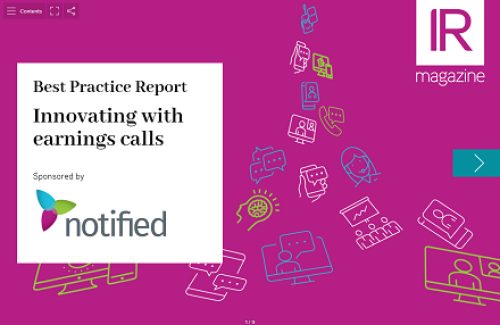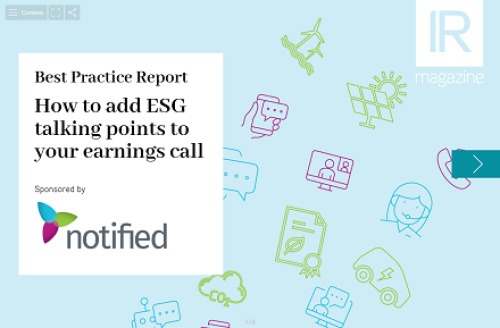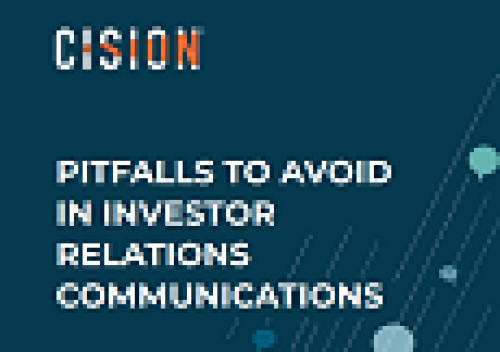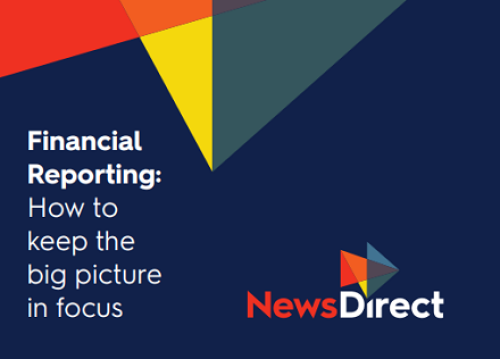It’s been one year since the Sustainability Accounting Standards Board (SASB) launched its 77 industry-specific reporting standards, and the non-profit says 120 companies are now using the standards in their ESG reporting.
SASB launched its standards in November 2018, having worked with a large investor advisory group since 2011 to determine the material ESG factors issuers should be updating investors on. The investor advisory group continues to expand, and SASB announced last week that six new investors had signed up to participate – bringing the count to 49 firms, representing more than $34 tn in assets under management.
Companies like GM, Merck, Nike and JetBlue were early adopters of the SASB guidelines, using the provisional standards to report on material ESG issues. Since the launch of the formal standards last year, SASB staff have focused on driving awareness and adoption in the issuer community.
Speaking exclusively to IR Magazine, Jeffrey Hales, chair of the SASB standards board and professor of accounting at the University of Texas, says he’s been ‘pleasantly surprised by how quickly the standards have been adopted. To see the number of companies using them more than double is great.’
While SASB staff work with issuers to help them understand the standards for their specific industry, issuers are left to determine which of SASB’s recommendations are relevant to them and how they should report on them.
According to numbers provided by SASB, 72 percent of the public reports that use the SASB standards make use of some, but not all, of the industry-specific recommendations. The remaining 28 percent feature a full adoption of SASB’s recommendations.
The majority of companies that use the SASB framework include it in their sustainability report, but some include it in numerous publications – including the 10K – a company spokesperson confirms.
‘We say the standards should be in mainstream investor communications, but we leave it to issuers to decide where to communicate,’ Hales says. ‘As the standards become more understood, we’ll see more complete usage.’
International growth
While the non-profit is based in San Francisco and the standards were developed in the US, Hales points out that a significant number of the companies using the standards are international. Of the 120 firms using the standards, 76 are based in the US, while 44 are overseas, the company confirms.
This international focus is mirrored in the investor advisory group’s membership, with 10 nationalities represented. ‘We want the standards to be useful for global investors,’ Hales explains. ‘We’re looking at different regulatory frameworks and trying to understand what the investor needs are in other parts of the world.’
New areas of focus
At a meeting of the SASB standards board in September, it was agreed the group would explore three new areas – human capital management, content moderation online and single-use plastics – that could strengthen issuers’ ESG disclosures. Of these three topics, Hales says human capital management is the biggest priority, given emerging investor demand for meaningful information.
‘More and more we’re seeing new aspects of employee wellbeing, health and retention matter to investors,’ Hales says. ‘With the advent of social media, you have insight into companies you never had before. From a traditional accounting perspective, the gateway for information is the CEO, CFO, accounting and IR. Now you have websites like Glassdoor where you can see what employees are saying about the company. This information is eroding the power the executive suite used to have.’
While these three new areas were identified by the SASB standards board, Hales also encourages issuers to get in touch with SASB staff if they have concerns about the standards or would like to see new topics addressed. ‘We depend heavily on direct engagement,’ he says. ‘We have a comment portal on our website, and we reach out to companies to get their feedback.’
Corporate Reporting Dialogue
Last year also saw the launch of the Corporate Reporting Dialogue, an effort by different ESG reporting groups to find parallels in their standards and, where possible, simplify the process of issuers. The founding members are the Carbon Disclosure Project (CDP), Climate Disclosure Standards Board, FASB, Global Reporting Initiative (GRI), International Accounting Standards Board, International Organization for Standardization and SASB.
As part of the project, SASB, GRI and CDP aim to map their frameworks against the Task Force on Climate-related Financial Disclosure (TCFD) recommendations, which were unveiled by Michael Bloomberg last year. SASB reporting is now compliant with TCFD guidelines.
Overall, Hales says ‘there’s some great progress’ but the real challenge is around whether the differences between one standard and another are meaningful, or whether there are similarities that can be removed.



